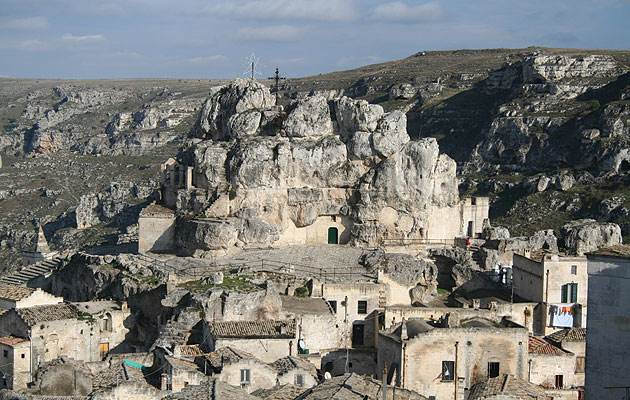|
|
||
|
There’s a maxim one occasionally hears in relation to Charles Jencks: “Always interesting, always wrong.” The point being that his omnivorous intellectual activity, despite greatly enriching architectural culture over the past 40 years, has also been the harbinger of some of its worst aspects. Most famously, he was one of the first critics to describe the postmodern cultural condition that became apparent at the end of the 1960s, in the process encouraging and justifying some of the most unmitigatedly naff, often reactionary architecture yet built, as well as providing excuses for the abandonment of any social programme architects might serve. Obviously this was not his fault, nor his intention, but his critical barometer often has a habit of pointing towards where architecture is about to go “off”. But Jencks is not just “the postmodernism guy”, and it wouldbe churlish to pigeonhole him thus. Set apart from the stream of architectural writing that retreated into faux-radical, faux-French theory, he’s always had an eclectic approach – intellectually strong but never obscure. This jovial, magpie-like manner defines Adhocism: The Case for Improvisation (1972), one of the first books Jencks wrote, with Nathan Silver, an architect and writer best known for The Making of Beaubourg, a biography of the Centre Pompidou. Adhocism is a somewhat groovy attempt to give form and attention to what the authors saw as a neglected stream of improvisation in design. Covering a huge range of objects such as cave dwellings, Duchamp, cybernetics, Ledoux’s cock-shaped brothel, DIY, 1960s counterculture, Archigram, Jane Jacobs, detourned advertising, Parisian barricades, underwear catalogues and lunar probes, it flits around all manner of practices that fall outside the paradigm of pure intentions and clear objectives. A sense of unease with modernist monoculture is palpable throughout the book; as Jencks puts it, “adhocism celebrates the impossible problem, the question for which there is no final answer”. At this early stage there’s no hint of the swing to historical pastiche that would define the reaction against comprehensive, planned modernism in the next decade. Instead, there’s a much greater sense of possibility and richness in the works that the authors chase, of their being much more interested in clashes, in juxtapositions, in problems resolved in ways that make complexity obvious. As Jencks puts it, “instead of an art of easy, flowing surfaces that denies the reality of problems, we can have an art of jagged, articulated cataclysms that shouts out the problem from every corner.” Part of the fun of reading the book is registering what was prescient and what was just naive. On the one hand, Silver’s discussion of performance specifications and material catalogues predicts almost exactly how most buildings today are built, whereas his admiring discussion of innovations in improvised theatre brings up unwanted recollections of Whose Line is it Anyway? And while Jencks is, of course, right about the thirst for meaning and the semantic drift that would help bring down abstract modernism, his extended musings on revolution are little more than a curio. Adhocism was published after Venturi’s Complexity and Contradiction in Architecture, with which it has much in common, but it is less doggedly interested in dialectics or estranging tactics. “In contrast to purism’s yes/yes or no/no Venturi seems to insist on no/yes, while adhocism would allow maybe/yes or maybe/maybe,” Silver explains. It’s this relaxed manner, touching on 1968 but not in thrall to it, rejecting modernist orthodoxy while still approvingly quoting Le Corbusier, that might explain why Adhocism hasn’t had quite the influence of Jencks’ other work; when your examples include both art brut like the Watts Towers and also computerised supply-chain management systems, it’s perhaps hard to take a strong position. What’s most interesting about Adhocism is the sense it gives of the cultural possibilities that were still open in the early 1970s. Adhocism: The Case for Improvisation (expanded and updated edition) by Charles Jencks and Nathan Silver, MIT Press, £17.95
|
Image Matera
Words Douglas Murphy |
|
|
||

















